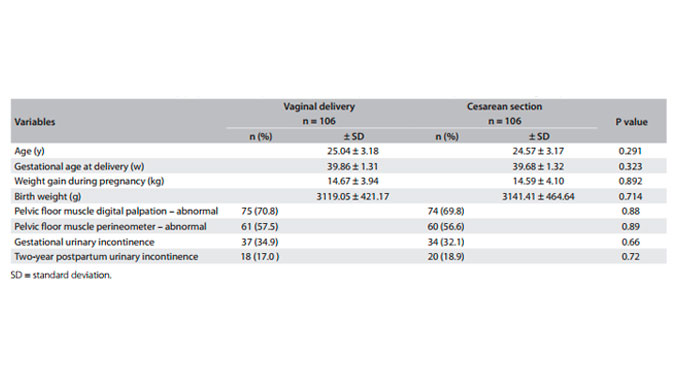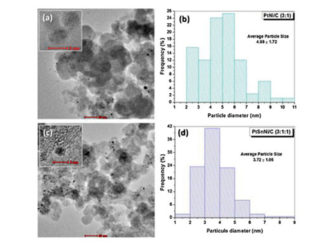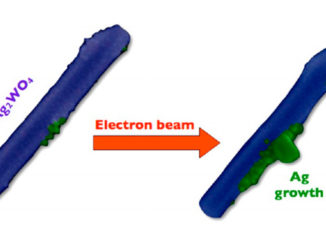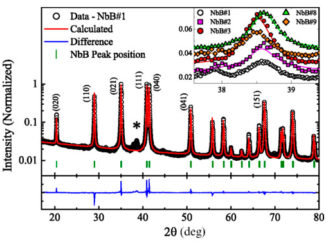
Writers: Angélica Mércia Pascon Barbosa; Gabriela Marini; Fernanda Piculo; Cibele Vieira Cunha Rudge; Iracema Mattos Paranhos Calderon; Marilza Vieira Cunha Rudge
Keywords: Cesarean section; Pelvic floor; Postpartum period; Pregnancy; Urinary incontinence
There is uncertainty in the literature regarding the theory that obstetric events and pelvic floor injuries give rise to lower risk of subsequent urinary incontinence among women delivering via cesarean section than among women delivering vaginally. The objective of this study was to assess the two-year postpartum prevalence of urinary incontinence and pelvic floor muscle dysfunction and the factors responsible for them.
Cross-sectional study, conducted in a public university.
220 women who had undergone elective cesarean section or vaginal childbirth two years earlier were selected. Their urinary incontinence symptoms were investigated, and their pelvic floor muscle dysfunction was assessed using digital palpation and a perineometer.
The two-year urinary incontinence prevalences following vaginal childbirth and cesarean section were 17% and 18.9%, respectively. The only risk factor for pelvic floor muscle dysfunction was weight gain during pregnancy. Body mass index less than 25 kg/m 2 and normal pelvic floor muscle function protected against urinary incontinence. Gestational urinary incontinence increased the risk of two-year postpartum urinary incontinence.
Gestational urinary incontinence was a crucial precursor of postpartum urinary incontinence. Weight gain during pregnancy increased the subsequent risk of pelvic floor muscle dysfunction, and elective cesarean section did not prevent urinary incontinence.
See PDF: 1516-3180-spmj-131-02-95
DOI: 10.1590/s1516-31802013000100019




